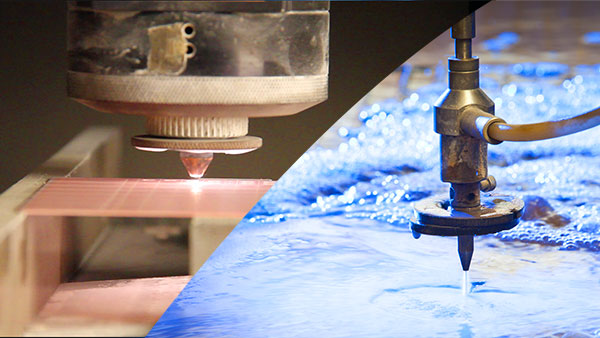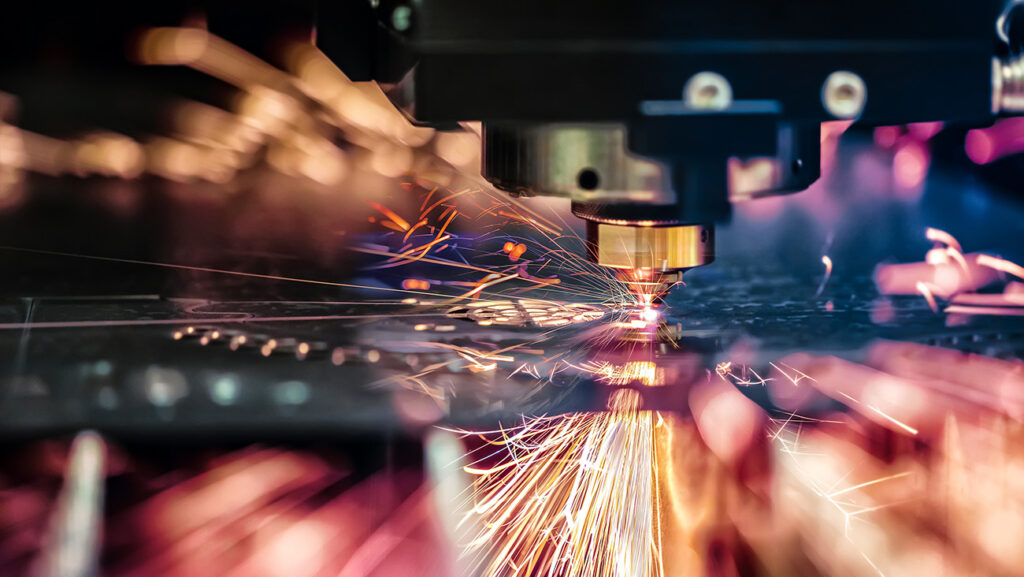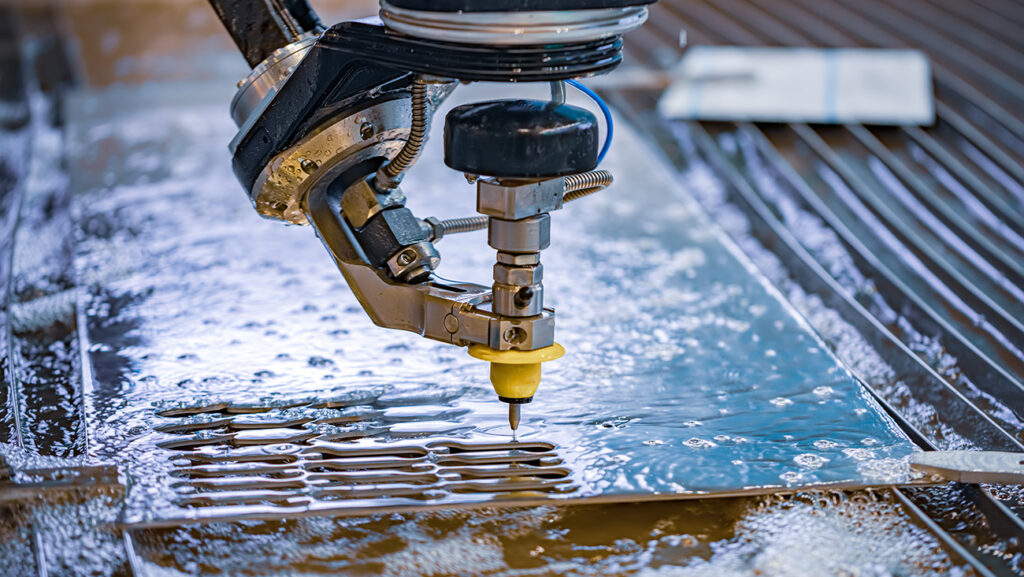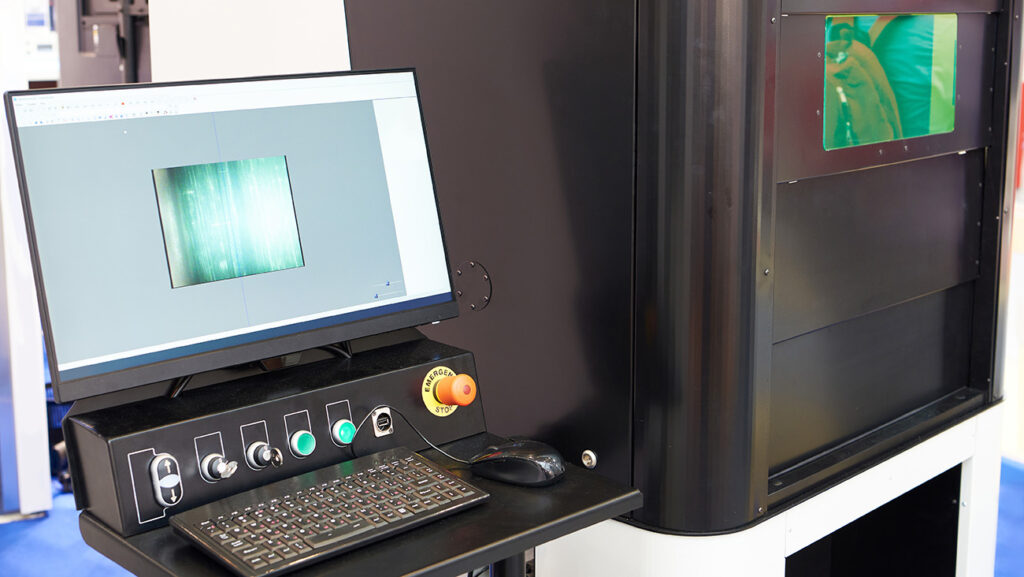Laser Cutting Vs. Water-Jet Cutting
Posted on April 1, 2017 in Blogs

If you are a product manufacturer how do you know which technology is a better way to cut your materials: laser cutting or water jet cutting? (We covered the relative merits of a third technology, die cutting, in another blog article.) As with most things in life, no one answer fits every situation. The thickness of the material to be cut, your cost and timing requirements, and the desired condition of the material after it’s been cut are all key factors that determine which method is right for a particular job. And in fact there are some types of applications where laser cutting is a suitable option but for which water jet cutting is out of the question, and vice versa.
But before we compare the two methods, we should first describe them.
- In laser cutting, the cutting action is the result of light from a laser (typically a CO2 laser with an energy of 1500 to 2600 watts) passing through a slit and being directed by mirrors at the material to be cut.
- In water jet cutting, the cutting action occurs when water under pressure (with an energy of 4 to 7 kilowatts) is directed through a slit at the material. Typically an abrasive like garnet or aluminum oxide is added to increase the cutting action.
How then do the two methods compare on the key factors?
Thickness of Materials. Lasers perform better on materials three-eights of an inch thick or less. While it’s possible to cut thinner materials with a water jet by cutting multiple layers at once (i.e., stacking them), doing so reduces precision. Depending on the materials, once you get above a certain thickness, however, lasers are no longer an option, while water jets are. Lasers can’t cut through inch thick steel, for example, but water jets can (although very slowly).
Precision. The minimum size of the laser-cutting slit is 0.006 inches versus the water jet cutting slit of .02 inches — so lasers are more precise. And, as just noted, when materials are stacked, water jets’ precision diminishes further.
Time. Laser jets cut thinner materials faster and more precisely than water jets can. Also, water jet jobs generally take longer to prepare, meaning you have to allow more time in your production schedule for materials cutting, and alert your vendor sooner if you do plan to use an outside vendor for cutting.
Surface Abrasion and Staining. Water jets with abrasive particles may stain your materials or delaminate (abrade) the surface, while a laser won’t.
Cost. It generally costs less to cut thinner materials with a laser and costs less to cut thicker materials with a water jet (if the laser can even cut them).
In some cases, the only way to compare methods will be to test a few pieces and see the actual results. For others, these general guidelines may be all you need.
To learn more, download our tech brief, “Laser, Water-jet, or Mechanical Cutting– Which Method is Right for You?“



